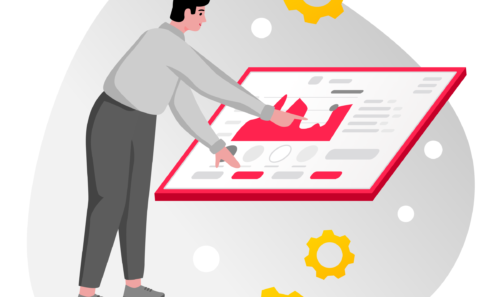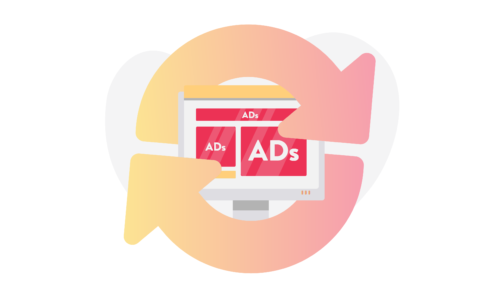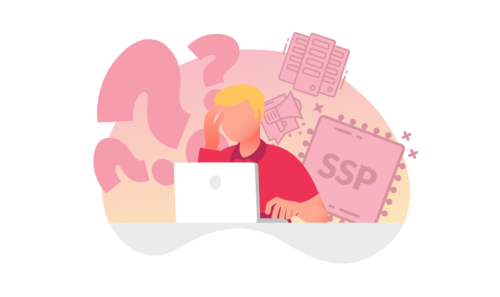Impact of COVID-19 Pandemic on Prices in Digital Advertising
The time of the COVID-19 pandemic has been, and continues to be, a difficult period for each one of us. A growing unemployment rate, the halting of international traffic, and a general cessation in investment activity. These are just a few of the effects of the increase in coronavirus cases. As a consequence, the economy experienced an unprecedented downturn.
You’re probably wondering how and to what extent the online ad market has been affected by the pandemic. Especially since many businesses have reoriented their focus towards both online advertising and online activity. These contrary phenomena have created a unique environment that we’re about to look at in detail. In this study we consider ad pricing and user traffic in Poland. Then correlate it with COVID-19 pandemic cases starting from the beginning of March 2020 until the end of May 2020.
Ad Pricing behaviour affected by COVID-19
The two charts featured below show both COVID cases and key ad sales indicators for these three months. As a benchmark of COVID cases we take the total new cases in all European countries (including Russia). Looking at Poland only would not the best idea as it is strongly rooted in the EU economy and there is a great share of visitors from other countries in Polish websites. Note that while the COVID cases are in absolute numbers, the other presented factors are normalized to the first of March and smoothed using a 7-day trailing window average.

The dynamics of COVID-19 impact

Looking at the dynamics of COVID-19 cases, be they daily or cumulative, and comparing it to the key indicators of online advertising in March 2020, we can see clearly that surge in the number of coronavirus cases went hand in hand with an increase in both requests and generated revenue; and also a decrease in both fill rate and eCPM. Of course, the mere active cases are not the direct cause of the above changes, though they triggered two main drivers: the advertisers holding on spend, less ads in general and less bidders in an ad auction (see the charts) and more folks on the web, reflected in the number of requests. These two obviously decrease fill rate and eCPM. However, the number of ads increasing eventually prevails in this fragile equilibrium and leaves us (fortunately) with a slightly increased revenue.
Auction bidders affected by COVID-19

The above dynamics is what we observe on average, but if we look in detail at particular advertisers, disparities could be noted! In the study, we took all 6k+ advertisers and attributed to each one of them a percentage signifying the change of their ad spendings. Looking only at March and comparing the first vs. the last week, we can see a spread ranging from -99% to over 71x. In the chart below we present only the top and bottom 5 spendings change to be found amongst the 100 largest players. (The actual advertisers’ names have been obscured by their respective business sector.)
Thus, we see a rise of advertising in social media, pharmaceutical, and gaming while observing a drop with finance and automobile companies. Some of these changes could be expected or explainable, others aren’t. For example, an increase in gaming (more free time at home) and pharmaceutical sectors during the pandemia are more intuitive than in food sector.
Spending habits and COVID-19

Drilling down, we plotted the spendings over March for the two extreme cases. One thing that can be noted is that drops/surges in spendings are more abrupt than constant; and more likely to be caused by a human (executive) decision.

Going back to the first charts, it would be difficult not to see the obvious. Once the March surge is over and the continent gained some stability, the key indicators also regained their value. The ad requests went down while the fill rate and the number of bidders per auction moved up slightly.
Bottom line, in March 2020 COVID-19 pandemic has certainly influenced the ad market in a less expected manner. Any economic process is complex while you’re getting to the bottom of it and so it is in this case. Plus, all economic crises have their groups of people or businesses that do benefit, either planned or unwillingly.







